In my bright red coat I stand in the Old Town square in Prague on the first morning of our year-end holiday. It was stinging that cold, but the savoury aroma of sausages and the sweet smell of hot wine was in the air. The world seemed to have come together in that square to natter away.
Time should get stuck at your command on holidays.
Have you noticed how after that first day of any break, every other day just flies by? It started on a note of Christmas markets at the historic square in Old Town where the Tyn Cathedral (in the backdrop) with its spires aspires to reach the skies. The Astronomical Clock Tower of Prague announces itself too with its tall, tall tower and a clock that has kept time for 600 years. There is a legend about the clock and I cannot help but be fascinated by lores. Master Hanuš built the clock in 1410. The city councillors were delighted but suspicious. What if Hanuš replicated the clock anywhere else in Europe? They blinded him on a dark, dark night. But then I also think of the Mughal emperors in India who are known to have chopped off hands of architects and workers who built them their glorious tombs and structures.
Maybe the legend is not that hard to believe after all.

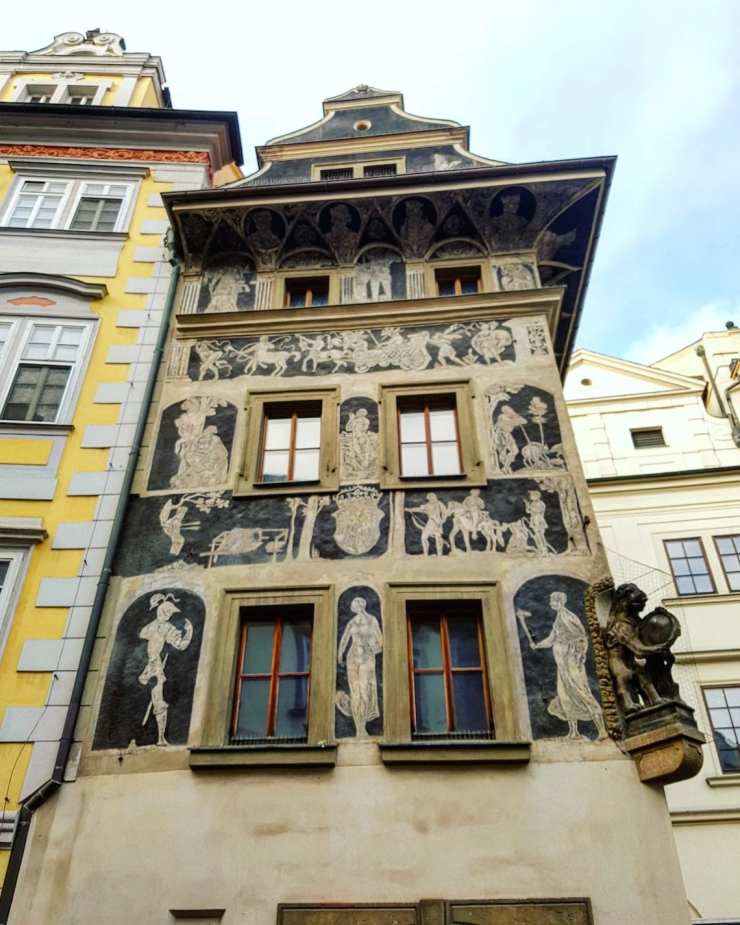




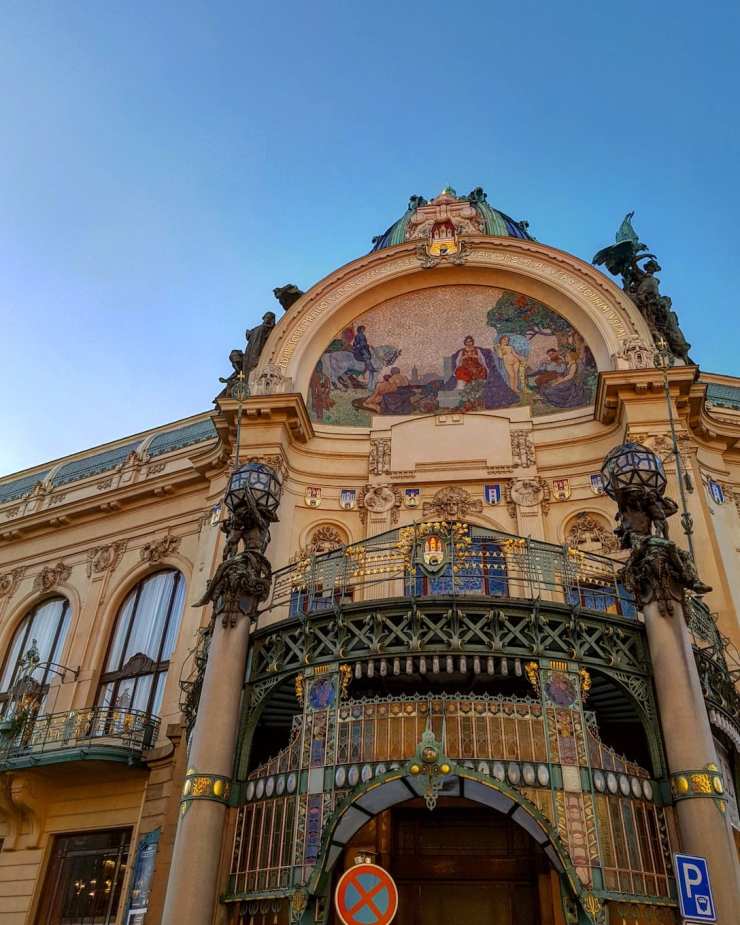

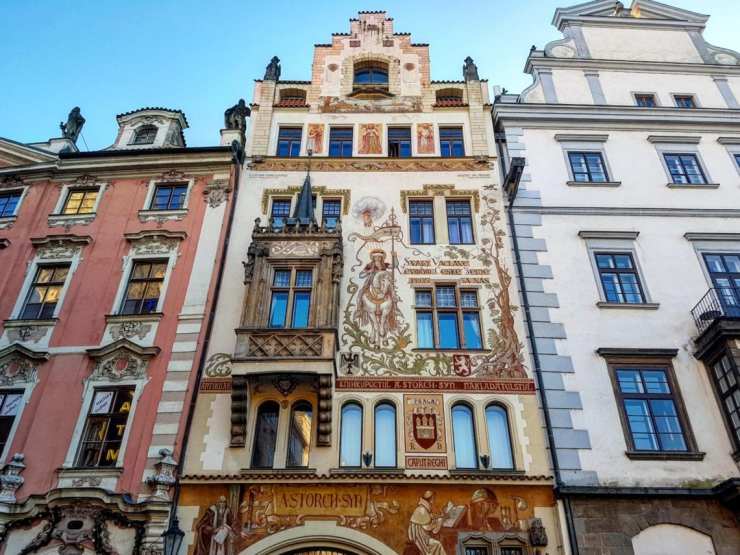


Walking tours are my preferred way to get to know the inner workings of a city. In Prague an outfit called Sandemans does a neat job. We were taken on a walk in Old Town by Terry, a tour guide whose husband as it turns out is from Northampton (six degrees of separation is not a myth). For three hours, she entertained us — without making us snore. But there are exceptions to any rule. In this case, it was a quartet of Indians. They took a half a dozen selfies with the group, took more selfies, and when we all stopped for a break in an eatery, they looked around furtively to check if Terry was around and then proceeded to slink away midway. They had had their selfies, thank you.
Into Talmudic Legends & the Jewish Quarter
I was introduced to the story of Golem one night as we slipped into bed after a long day of walking in the city. We were putting up at the InterContinental Prague, a heartbeat away from the Jewish quarter. Every night, I would find a little bedtime story waiting on the pillow — making me feel like a child with her nightly ritual.
Way before Hitler came into the picture, anti-semitism in Europe was rampant. During the 16th century when Prague was ruled by Emperor Rudolph II, a rabbi decided that the Jews needed protection in the form of a massive creature made out of clay called Golem. He did not look anything like Gollum (ref: Lord of the Rings) if you are confusing the two. His creator was Rabbi Löw who breathed life into Golem by combining the elements of fire, water, air and earth. As it happens the best conceived plans in life go awry. Golem wreaked havoc upon the city and had to be destroyed by the rabbi. There are whispers that Golem was hidden in the attic of the Old-New Synagogue.
The Jewish community used to live in the quarter which came up between the river Vltava and the Old Town since the 13th century. It served as a ghetto from the beginning, though from time to time, the walls of the ghetto were razed down by various administrations. Its startling feature is the Old Jewish Cemetery supposed to be the largest Jewish cemetery in Europe. There are up to 12 layers of bodies stacked over the other, thousands of gravestones vying for space inside the cemetery which is home to the dead from the 15th-18th centuries.
The incongruous addition to the quarter is Paris Street or Pařížská. Wandering beneath buildings that were pulled down and rebuilt in the 20th century blending together many architectural styles from the Neo-Baroque to the Neo-Renaissance, it is easy to lose yourself in the grandeur of it. The windows in each building are just massive displays of haute couture. Louis Vuitton, Dior, Chanel, Bottega Veneta, Fendi, Salvatore Ferragamo, Prada, Gucci. The roll-call of designer boutiques are here.
The quarter did have residences yet it was completely in contrast to the Jewish Quarter of Budapest. The Hungarian Jewish quarter was hip, bustling with bars and eateries. Its Czech counterpart was as quiet and sombre. A mood of contemplation steals over you as you walk through it. It is difficult not to tear up listening to stories of the Holocaust anywhere. It is no different an experience in Prague. Plus there is the hair-raising fact that Hitler wanted to keep Prague’s Jewish Quarter intact as a ‘Museum of an Extinct Race’.
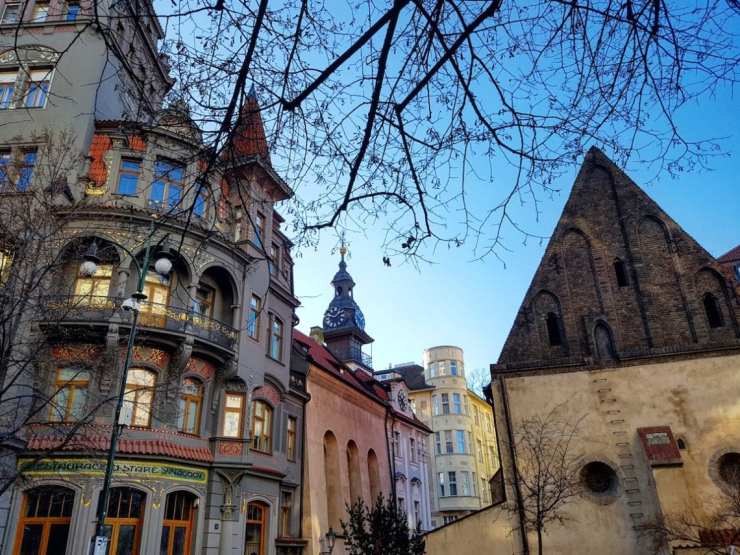
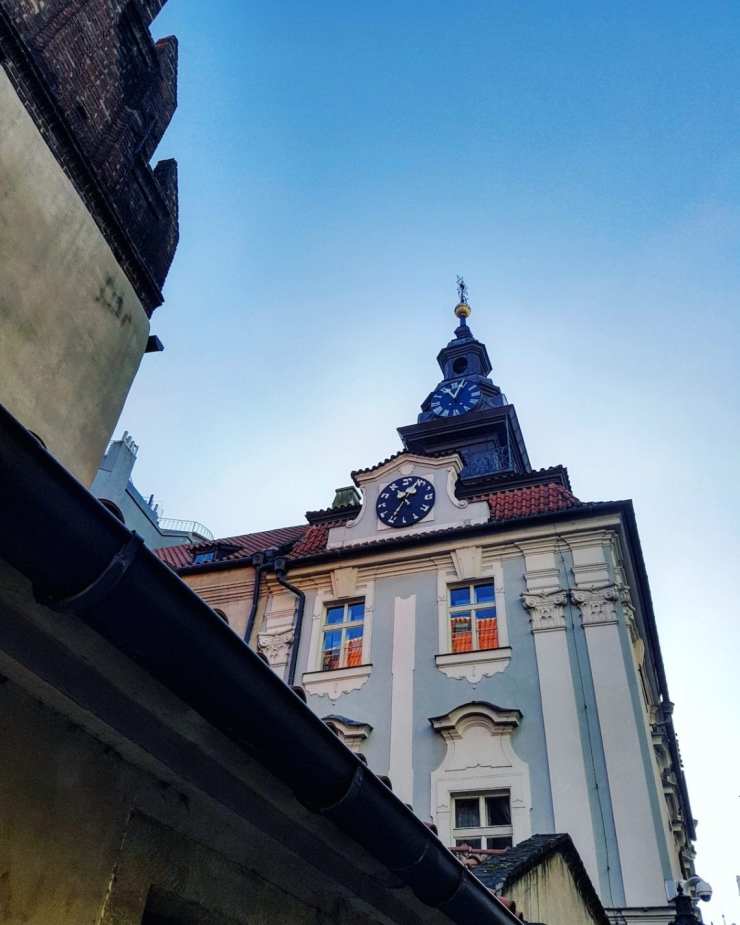
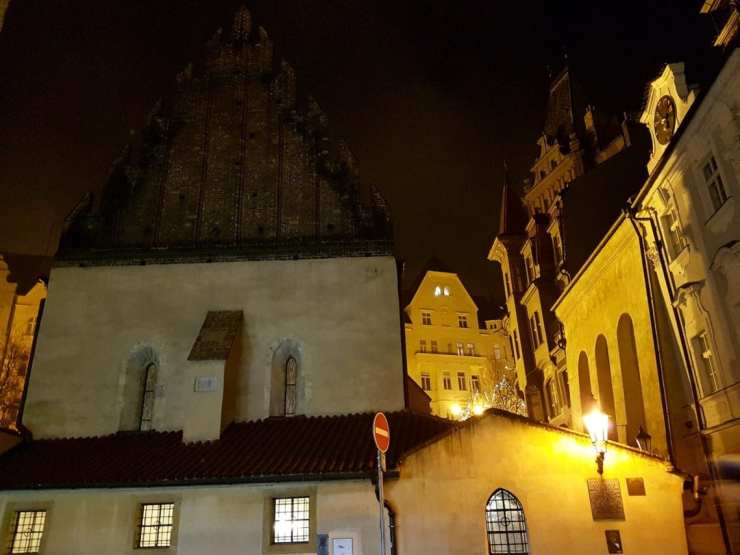


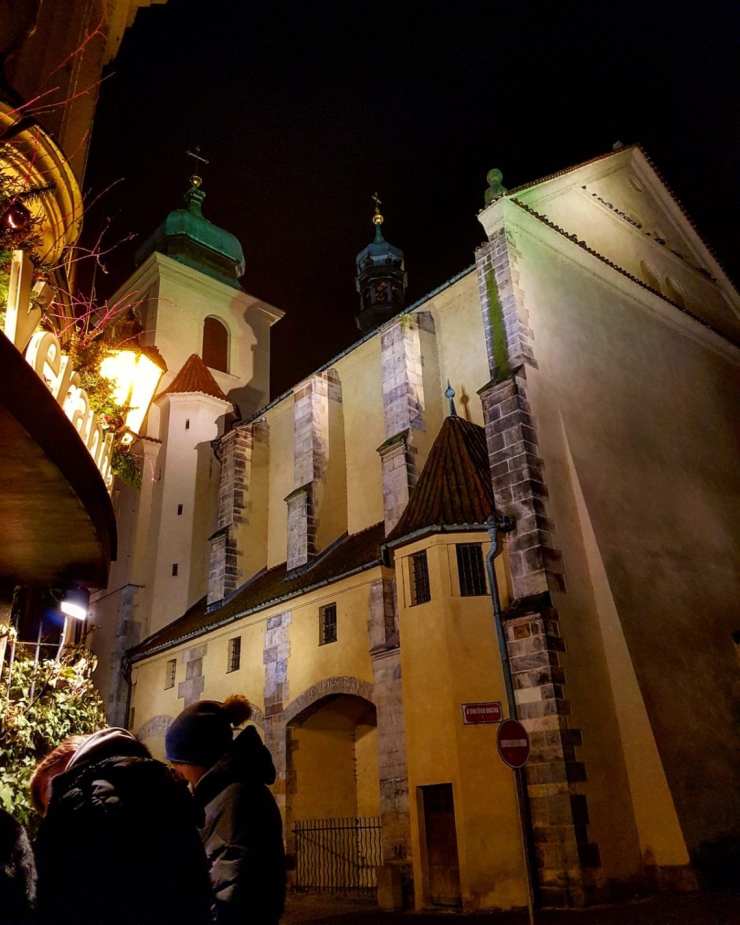
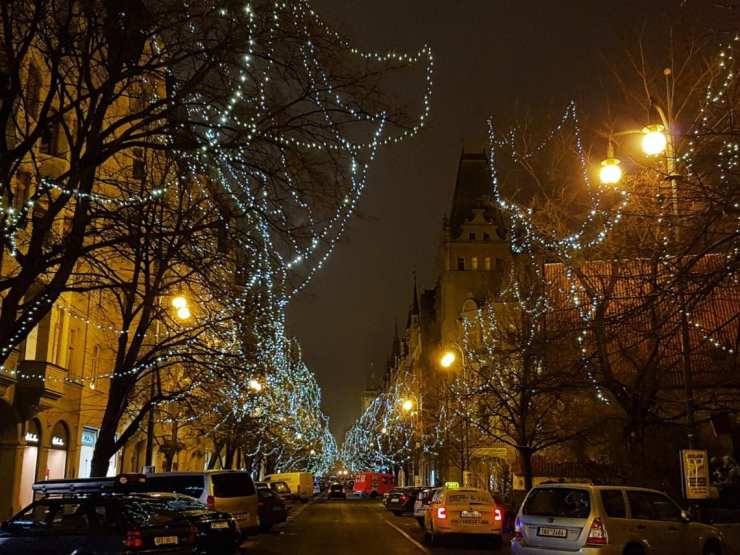

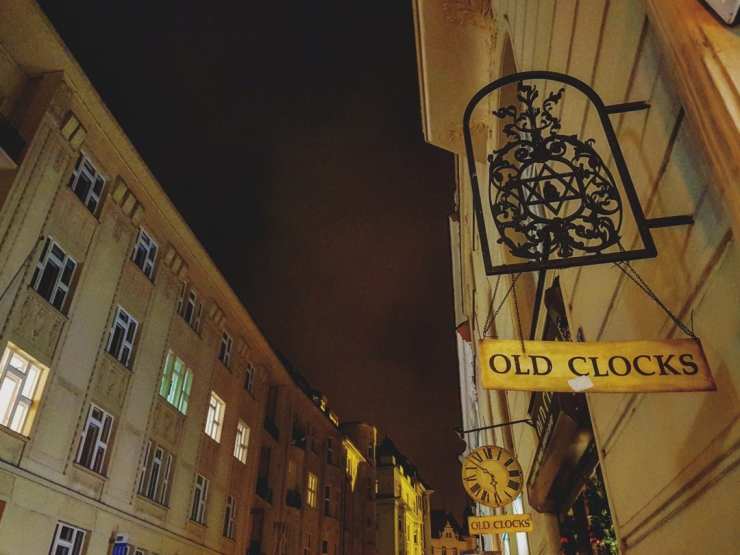
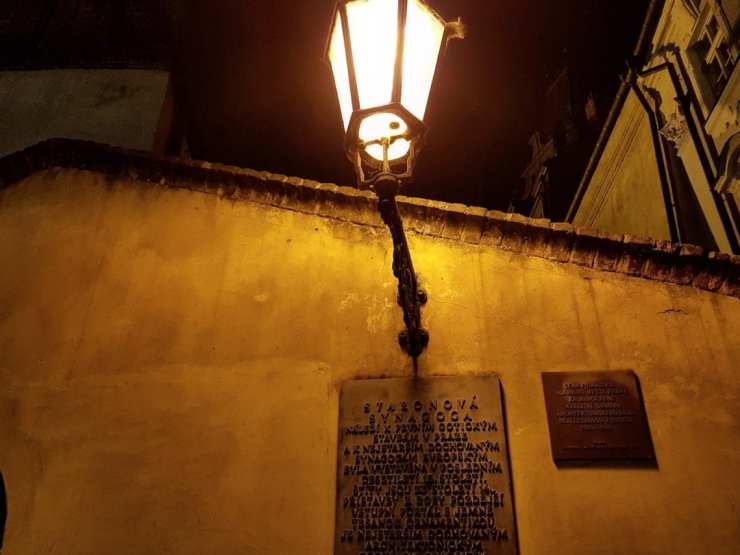
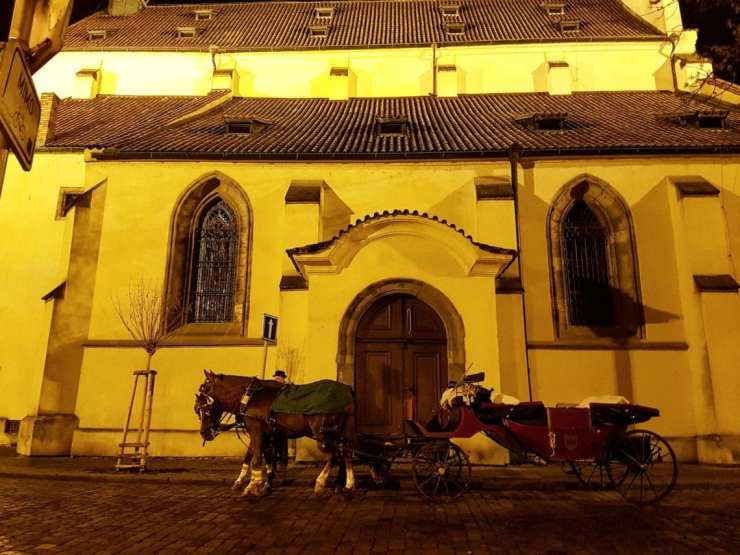
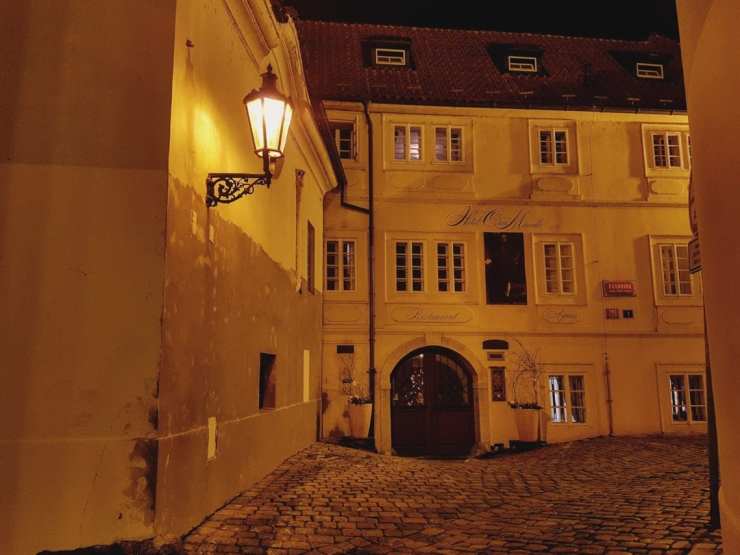
Points of Pride
It is difficult not to come across these famous Czech personalities when you are walking the streets of Prague. You know them.
There is Franz Kafka. The man who penned works in German such as The Castle and The Metamorphosis. I understood little of him when I read him, a long time ago that is. His morbid thoughts were a disquieting read for my young brain. The man who craved solitude ‘not like a hermit’ but ‘like a dead man’ for his creativity, was born to a German-speaking Jewish middle-class family in the Jewish quarter of Prague.
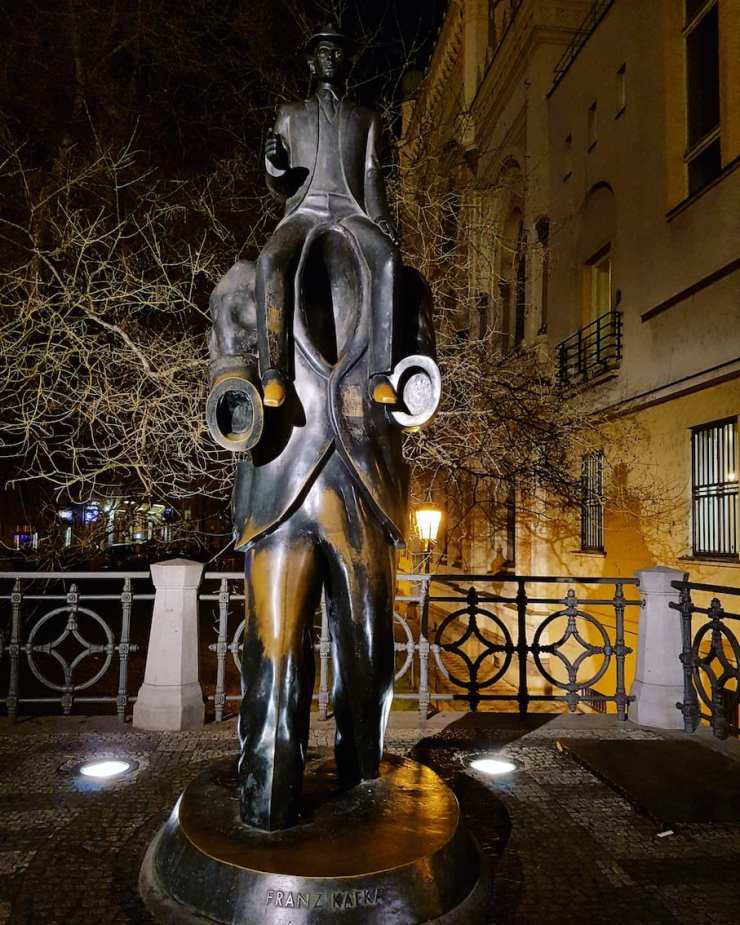
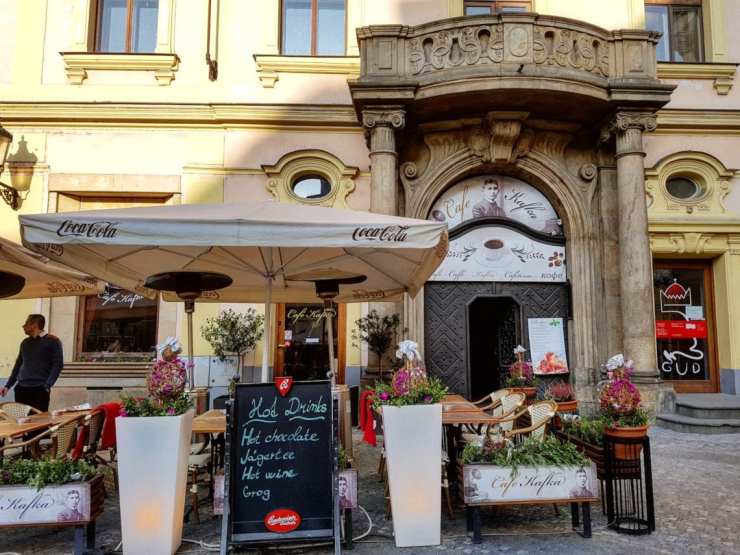
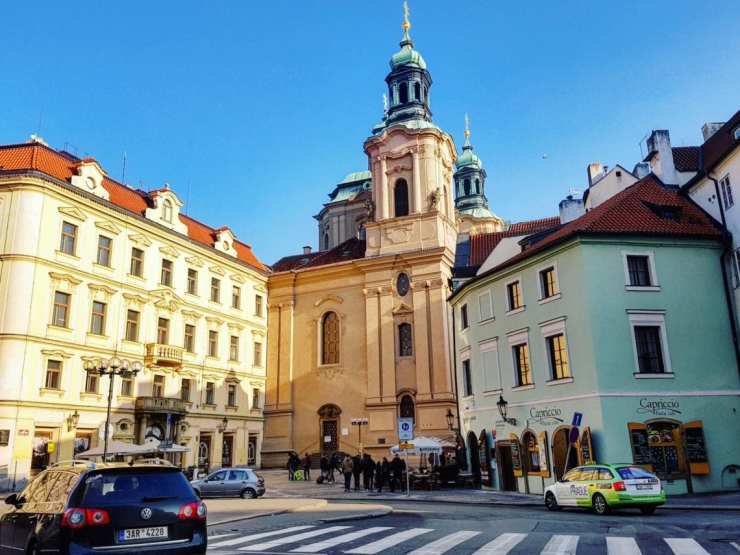
I do not have photographs of Alphonse Mucha. But I did buy beautiful postcards that depict the Art Nouveau style of art work by this Czech artist who was born in a Moravian town in 1860. Mucha’s art work is what you see when you see most Art Nouveau pieces. Beautiful, dreamy women decked up in Neoclassical robes, surrounded by lots and lots of flowers on a pale pastel palette. Mucha lived in Prague in his later years and dedicated his time to decorating the Theatre of Fine Arts in the city and putting up murals at the Municipal House.
The third personality is one of my favourite writers and probably yours too if you have read him. Rainer Maria Rilke. The Bohemian-Austrian poet was born in Prague. There must be something about the air of the city you might be inclined to think, because just like Kafka, whose father beat him up often and considered him a failure because of his creative bent of mind, Rilke had a bad childhood. Rilke’s mother dressed him up as a girl probably in an effort to console herself for the loss of a daughter who had died before Rilke was born. Later in life, despite where his talent lay, Rilke was forced to join a military academy. A few lines from Rilke that make your heart ache with the beauty that lies in them.
“Break off my arms, I’ll take hold of you
with my heart as with a hand.
Stop my heart, and my brain will start to beat.
And if you consume my brain with fire,
I’ll feel you burn in every drop of my blood.”

Christmas the Czech Way

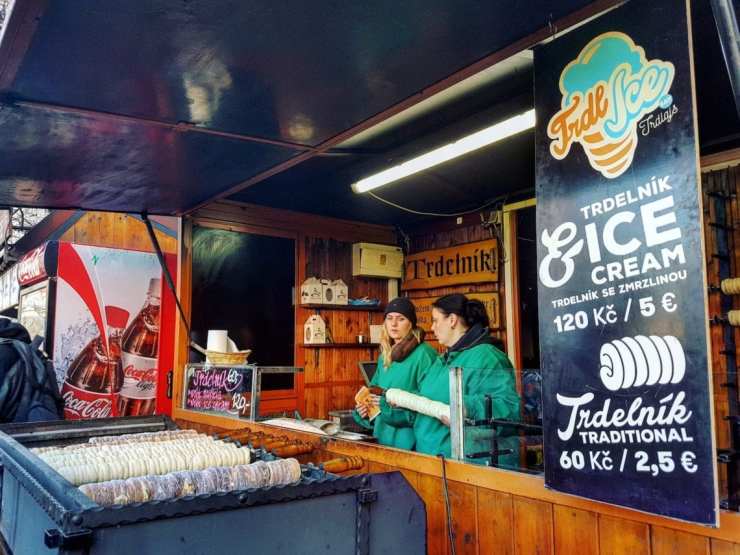
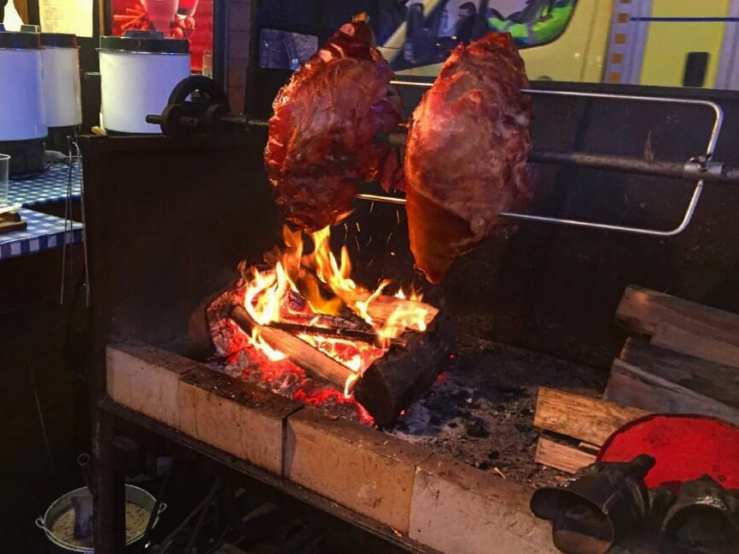

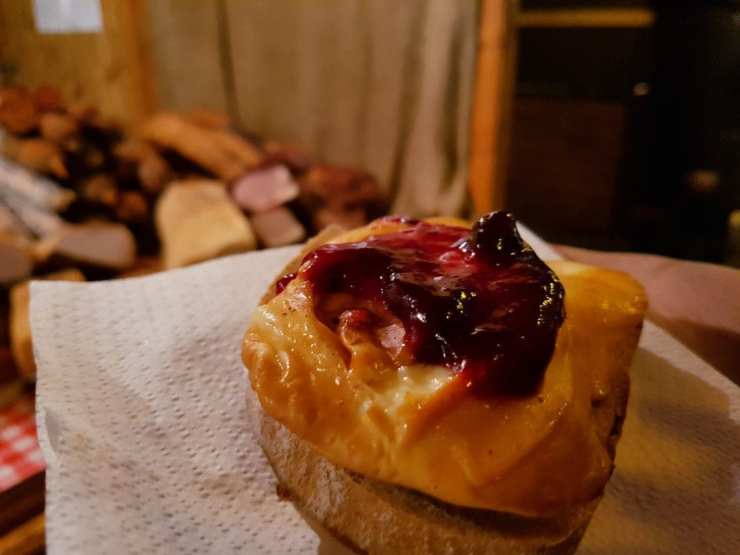

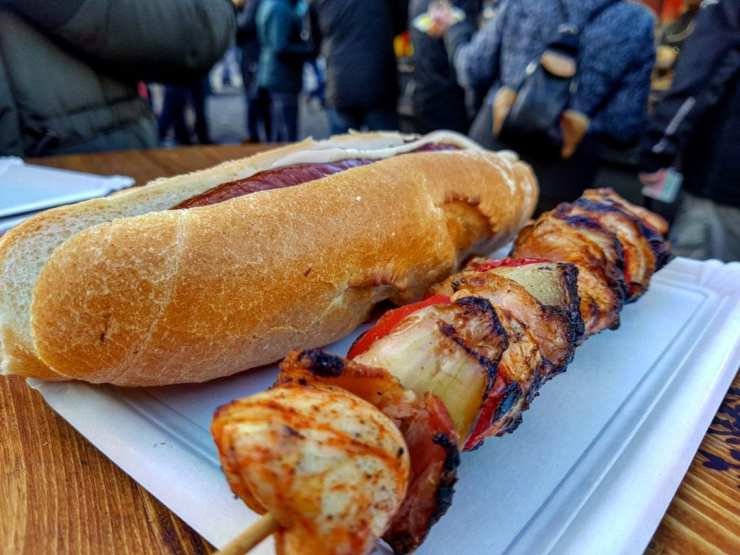
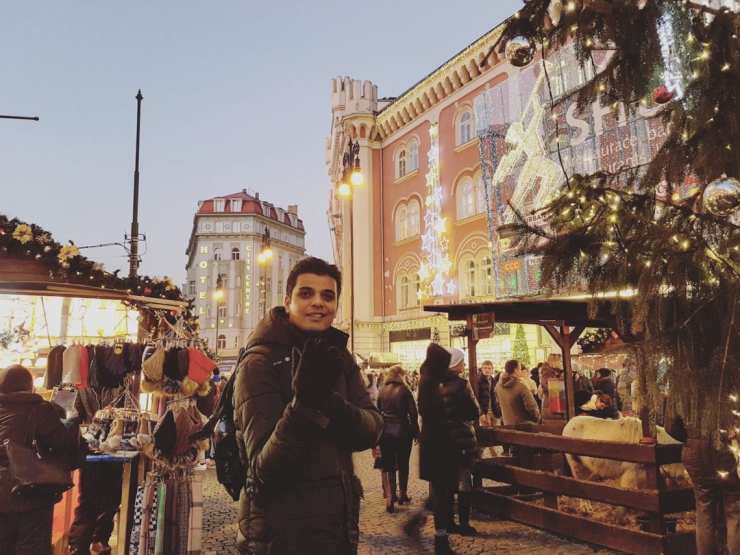

The Vintage Way of Going Around
These cars are apparently vintage cars produced in the Czech Republic during the 1920s. You can take expensive tours around the city in these. But they are not bank breaking either.
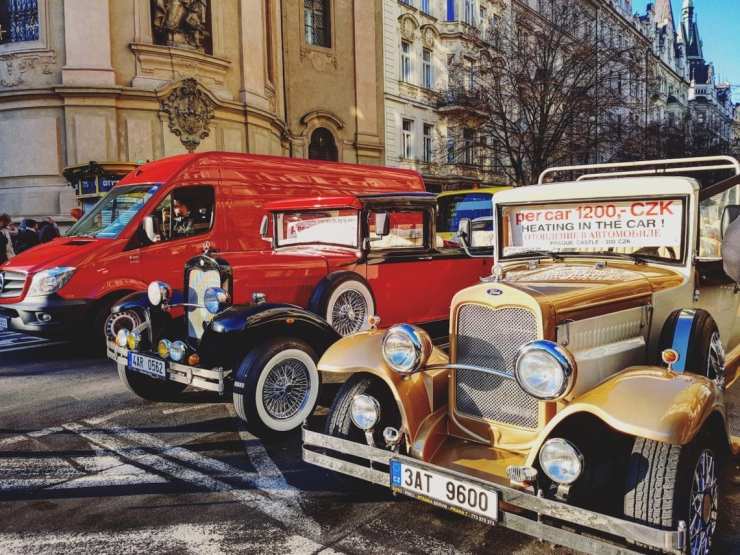


Foodie Tales
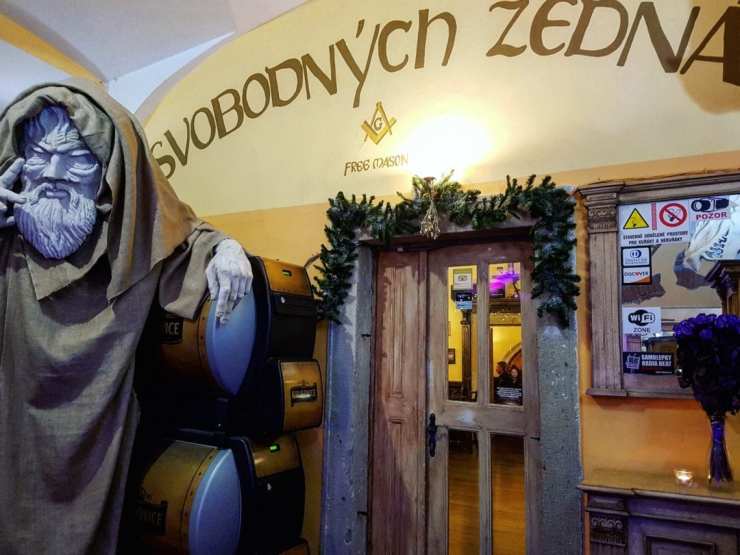
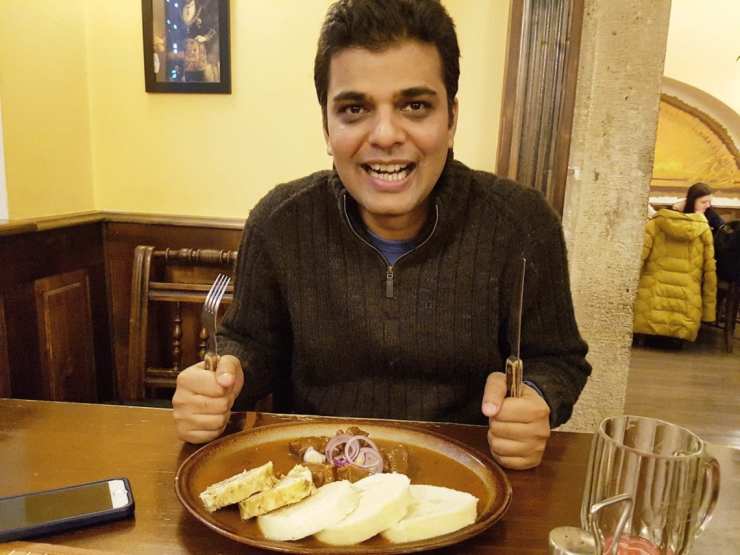
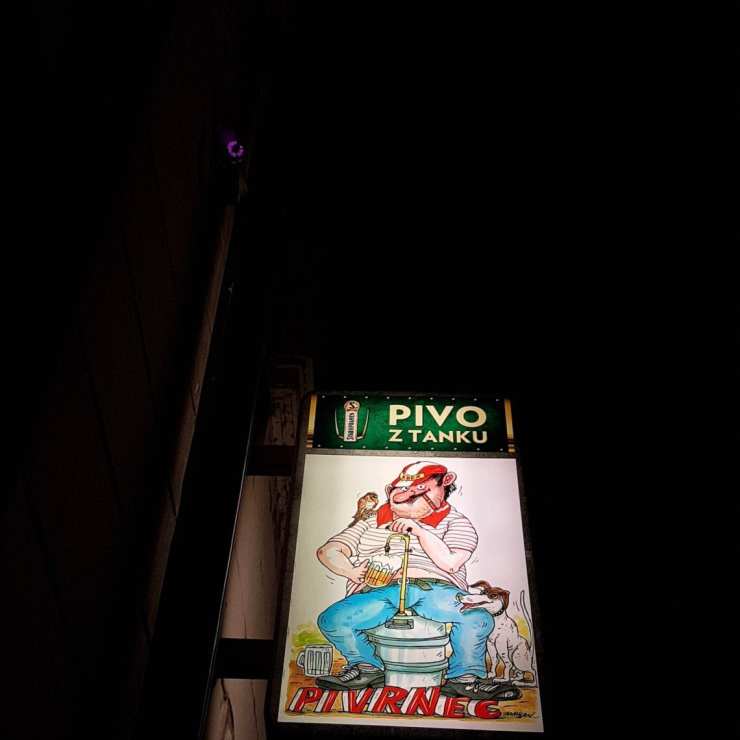
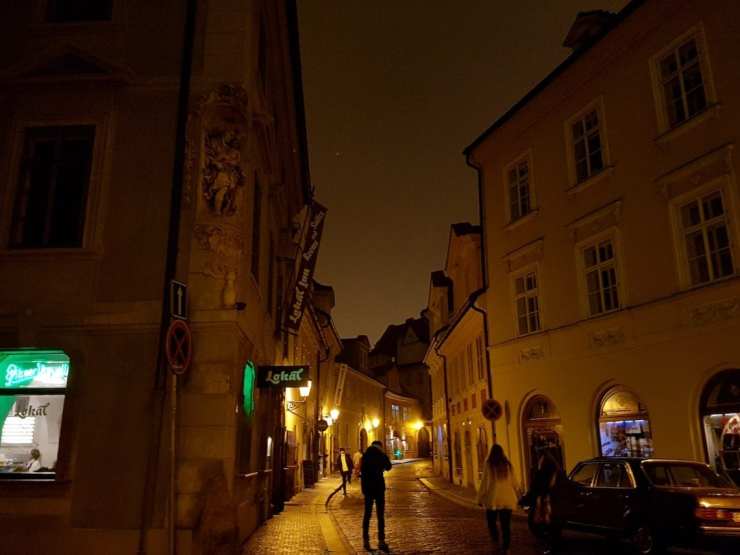




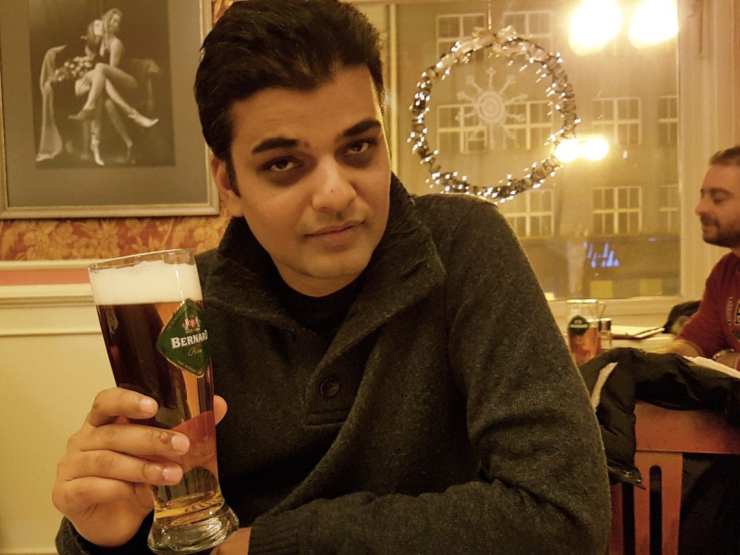


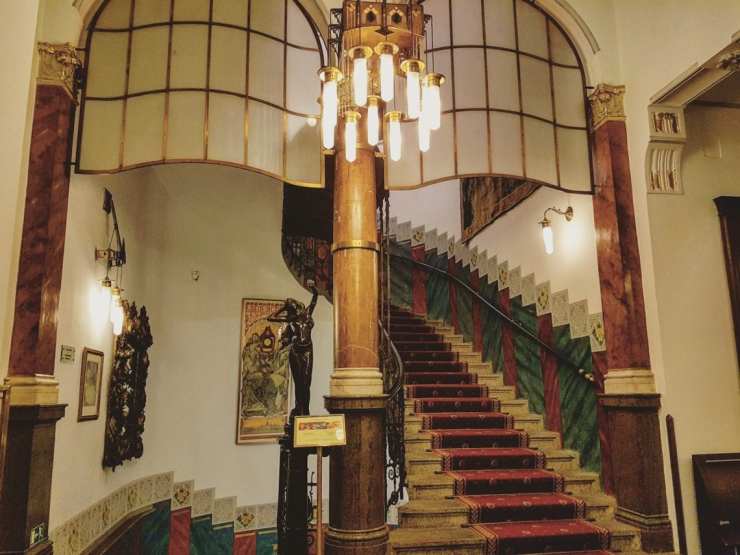
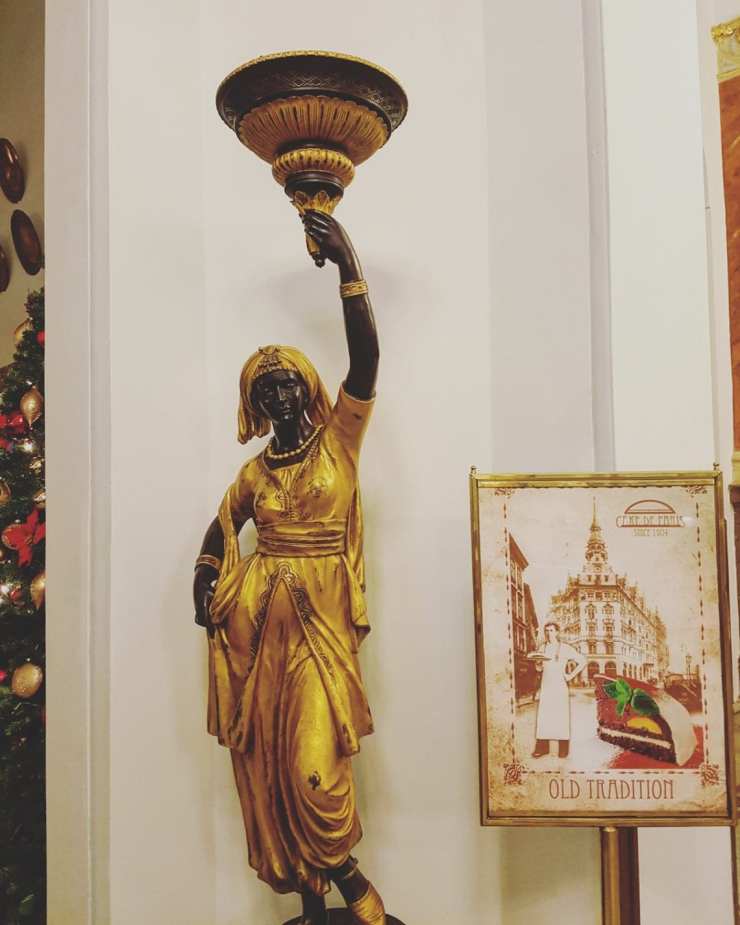


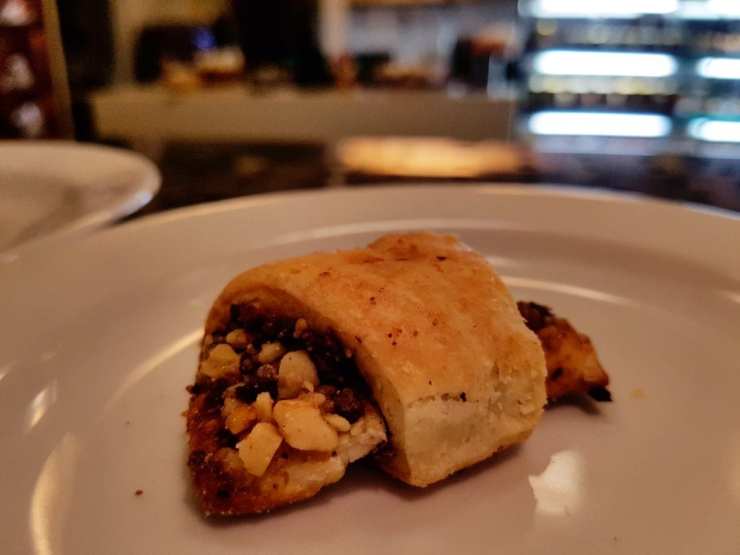
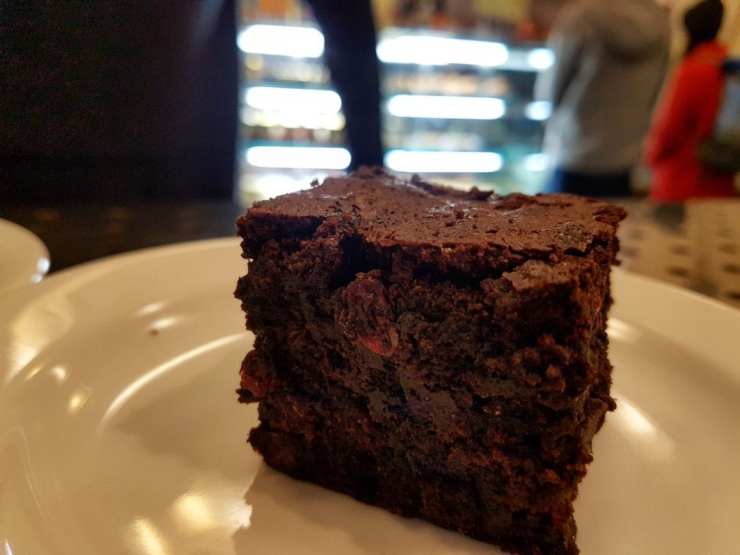
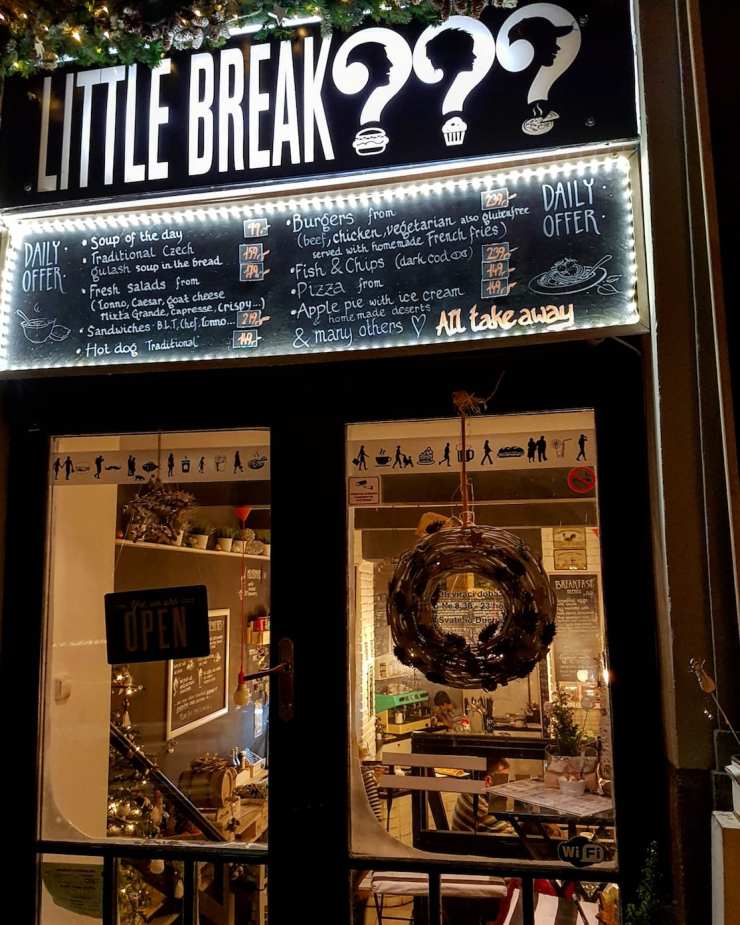
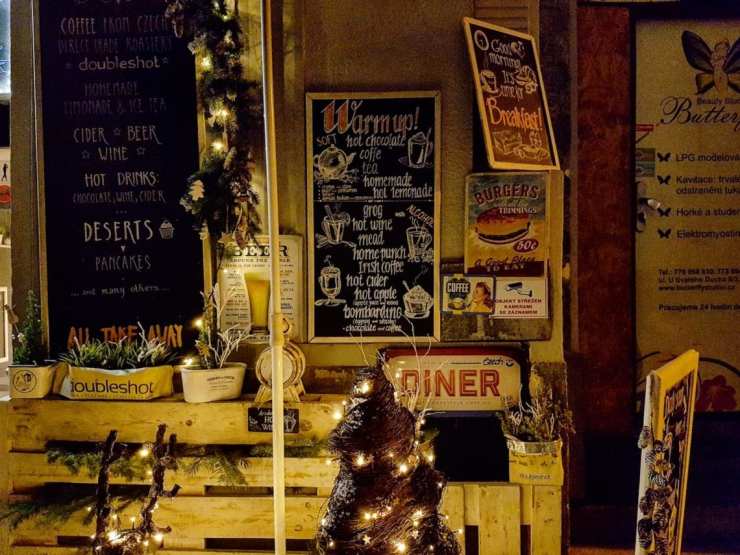
The places I have talked about are all inexpensive and yet they serve up sumptuous food. If you are in Prague, do have a look in. You might come out with a wide smile and a sigh of content.
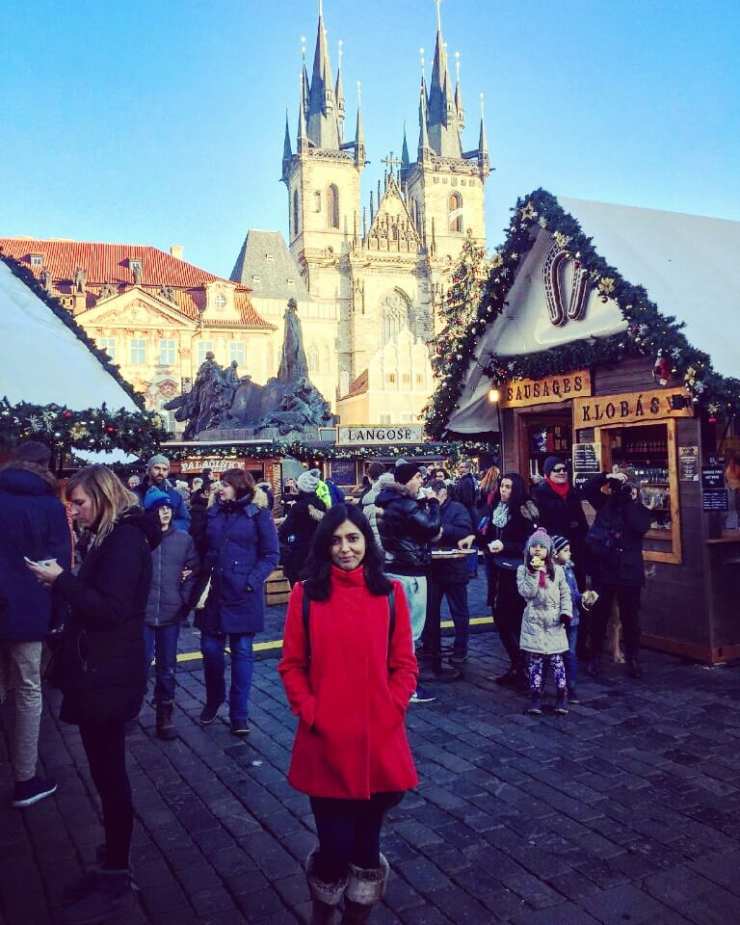
Published by